According to a VNA reporter in Beijing, in an article published in the Global Times, author Liu Xiangyan, deputy researcher at the International Tourism Research Institute, China Tourism Research Institute, said that China and Vietnam have geographical locations with mountains connecting to mountains, rivers connecting to rivers, and have similar cultures.
Since ancient times, people of the two countries have frequently traveled back and forth by land and sea, and trade and people-to-people exchanges have taken place continuously and without interruption.
The article argues that from the Friendship Pass in Guangxi to Hekou in Yunnan (China), the thousands of miles long border has witnessed countless interconnected stories.
Nowadays, with the improvement of transportation networks and the strengthening of regional cooperation, tourism exchanges between China and Vietnam are becoming closer and closer, and the two countries are each other's main source markets.
The author cites official statistics from both countries showing that in 2024, Vietnam welcomed more than 3.7 million Chinese tourists. In the first quarter of 2025, China surpassed South Korea to become Vietnam's largest source market of foreign tourists.
The article said the China-Vietnam transportation network continues to improve, making cross-border travel easier for tourists.
Railway and road connections at China-Vietnam border gates (such as Hekou and Dongxing…) have greatly improved the efficiency of cross-border tourism.

These major border gates have also opened up tourist routes for self-driving cars, allowing Chinese tourists to easily travel “in two countries in one day.”
With the Beihai-Halong cruise route reopening in late 2024, Chinese and Vietnamese tourists will have a new option to travel around the two countries by cruise.
China-Vietnam cross-border tourism cooperation has made new breakthroughs. On October 15, 2024, the Detian Waterfall (China) - Ban Gioc (Vietnam) cross-border tourism cooperation zone officially came into operation, becoming China's first cross-border tourism cooperation zone.
As a pilot area for border tourism development, this cooperation zone not only accumulates practical experience for cross-border tourism cooperation zones, but also continues to support the development of China-Vietnam border tourism.
China and Vietnam continue to optimize customs clearance and visa policies, and the level of facilitation has been continuously improved. Thanks to more convenient customs clearance procedures at many border gates between China and Vietnam, the cross-border tourism market between China and Vietnam continues to be vibrant.
In 2024, the number of people entering and exiting the country at Dongxing border gate exceeded 8.58 million people, an increase of 54.6%, ranking first among all border gates in the country.
On February 25, the passenger inspection channel of Dong Zhong (China) - Hoanh Mo (Vietnam) border gate was officially opened and put into operation, opening a new channel for cross-border tourism activities, economic and trade exchanges, visiting relatives... between China and Vietnam, further promoting the development of border tourism.

From February 10, China began implementing a visa exemption policy for ASEAN tourist groups entering Xishuangbanna, Yunnan.
Along with the previous visa exemption policy for ASEAN tourist groups entering Guilin, Guangxi, Vietnamese group tourists can enter Guilin and Xishuangbanna, two famous domestic tourist destinations, without a visa, and the convenience of visas when traveling to China has also been improved.
Vietnam implemented a visa exemption policy for foreigners in Phu Quoc Island in July 2020 and an e-visa system in August 2023, which also improved the convenience for Chinese tourists to enter Vietnam.
According to the author, 2025 marks the 75th anniversary of the establishment of diplomatic relations between China and Vietnam and is the “Year of China-Vietnam Humanitarian Exchange.”
In the context of high political trust and closer economic and trade cooperation, people-to-people exchanges between the two countries, especially cultural exchanges between young people, are taking place more frequently.
Many Chinese movies and TV shows have become hot topics among Vietnamese youth, and more and more Vietnamese pop songs are widely spread on Chinese social media platforms.
Young people have more and more common topics, and understanding and friendship between the young generation are also becoming deeper.
As people-to-people exchanges between China and Vietnam become closer, the frequency of mutual visits is increasing and each side's destinations are becoming more attractive.
Driven by rapid economic growth, Vietnam's outbound tourism market is entering a period of rapid growth similar to China's after 2000.
A large number of Vietnamese people traveling abroad for the first time have chosen to travel to China. In addition to border areas, the middle class and young generation in Vietnam prefer to travel to first-tier cities in China such as Beijing, Shanghai, Guangzhou and Shenzhen to admire the modern urban landscape, participate in shopping activities, star-chasing entertainment and experience advanced technology.

Meanwhile, Xi'an, Chengdu, Chongqing, Zhangjiajie, etc. are also popular with Vietnamese tourists because of their profound cultural heritage and unique natural landscapes. Chinese tourists are more familiar with classic tourist cities such as Hanoi, Ho Chi Minh City and Da Nang, coastal resorts such as Ha Long Bay and Nha Trang, and cultural ancient towns such as Hoi An.
On China's Xiaohongshu social platform, where young people gather, unique tourist destinations such as Da Lat, Mui Ne, Hue, Phong Nha, Quy Nhon and Can Tho are the most recommended.
China and Vietnam have similar political systems and both have deep revolutionary histories, so the red tourism experience industry is likely to create an emerging niche market.
As the saying goes, “The close friendship between Vietnam and China is both comradeship and brotherhood,” the people of the two countries have forged an unfading red friendship during the revolutionary journey, accumulating profound red memories.
Therefore, the author suggests that in the future, the two countries can rely on existing red tourism resources to focus on launching a number of red-themed tourism routes, exploit common revolutionary historical resources, combine classic attractions and cultural experience activities, and enhance friendship between the two peoples through tourism experiences.
In addition, Vietnam's foreign tourism market is currently entering a period of rapid growth.
In the context of China strongly promoting its high-level opening-up strategy, in the coming time, it is necessary to continue efforts to facilitate visas and speed up customs clearance; it is possible to consider piloting a visa exemption policy for delegations of Vietnamese students, thereby further promoting exchanges between the two countries' youth.
At the same time, efforts should be made to strengthen cooperation between China and Vietnam in cultural and creative industries such as film, television, games and music, enhance mutual understanding between the two peoples and consolidate broader links of public opinion.
Expand the scale of joint tourist visits between the two countries and promote cultural and tourism cooperation between the two sides to a new height./.
Source: https://www.vietnamplus.vn/van-hoa-va-du-lich-chap-canh-moi-quan-he-viet-trung-post1033336.vnp


![[UPDATE] April 30th parade rehearsal on Le Duan street in front of Independence Palace](https://vstatic.vietnam.vn/vietnam/resource/IMAGE/2025/4/18/8f2604c6bc5648d4b918bd6867d08396)


![[Photo] Prime Minister Pham Minh Chinh receives Mr. Jefferey Perlman, CEO of Warburg Pincus Group (USA)](https://vstatic.vietnam.vn/vietnam/resource/IMAGE/2025/4/18/c37781eeb50342f09d8fe6841db2426c)



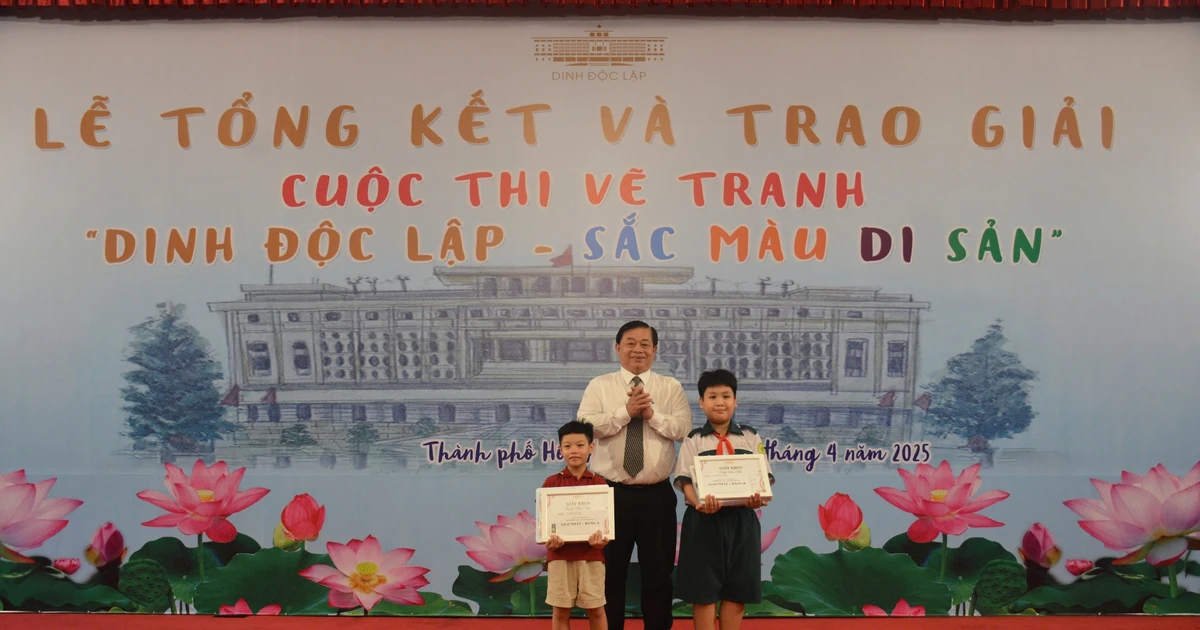

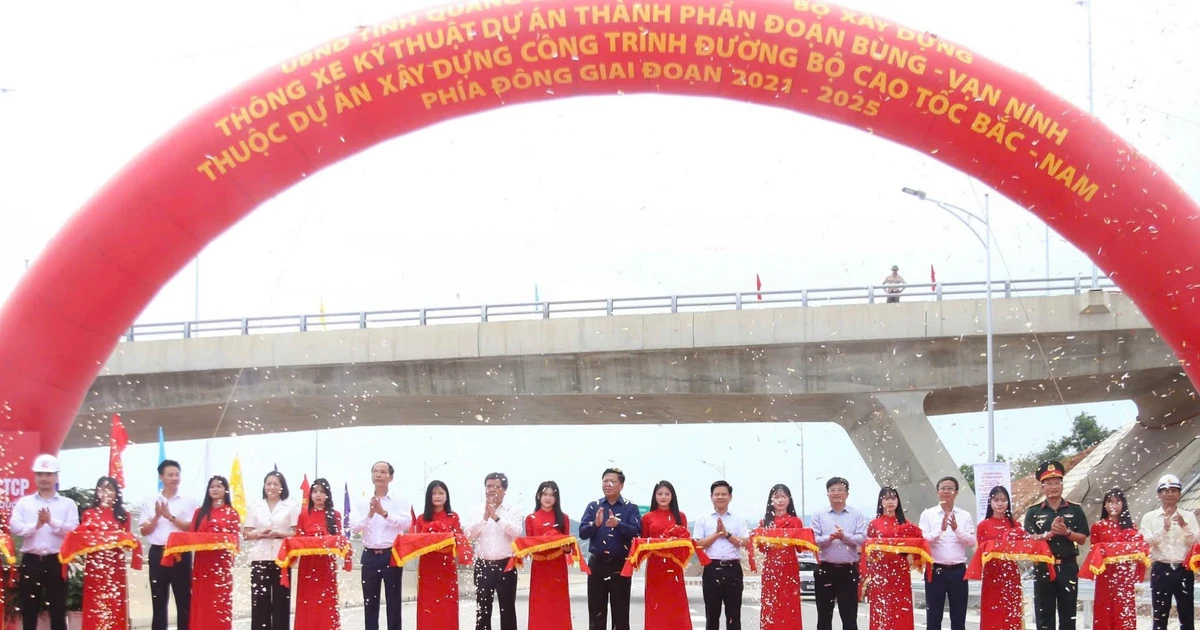
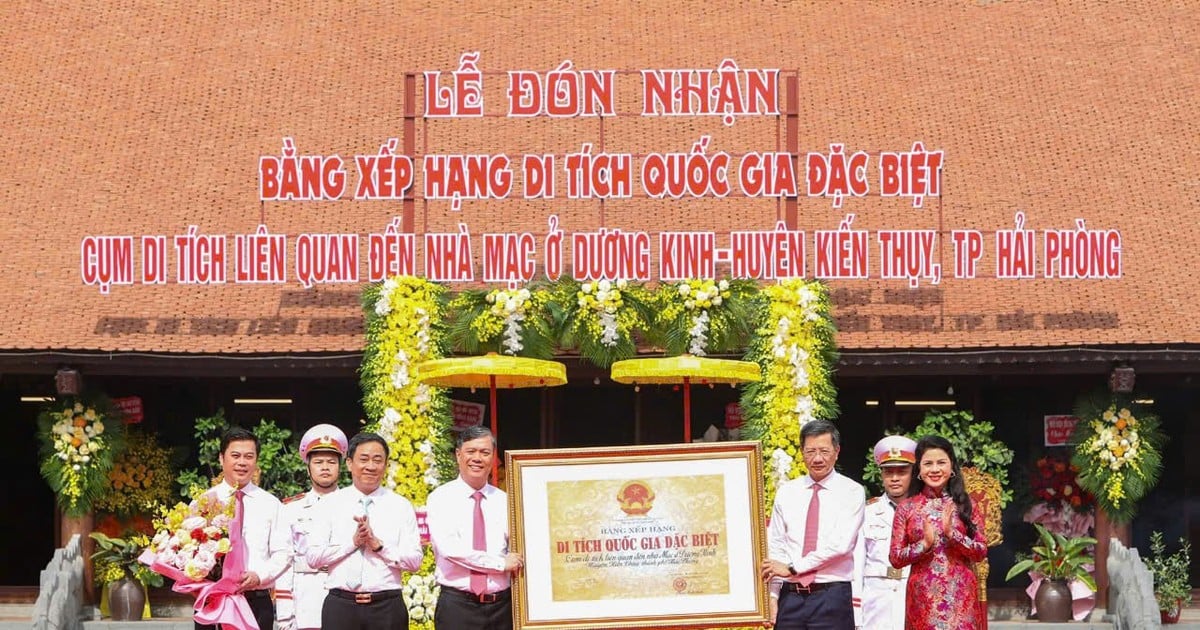
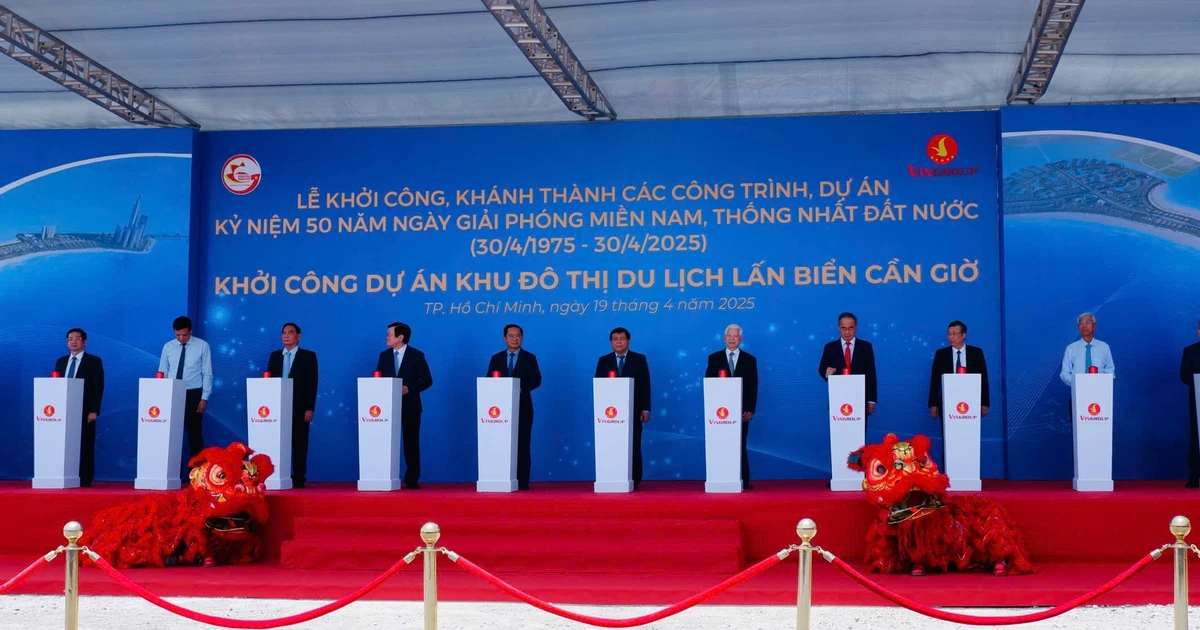





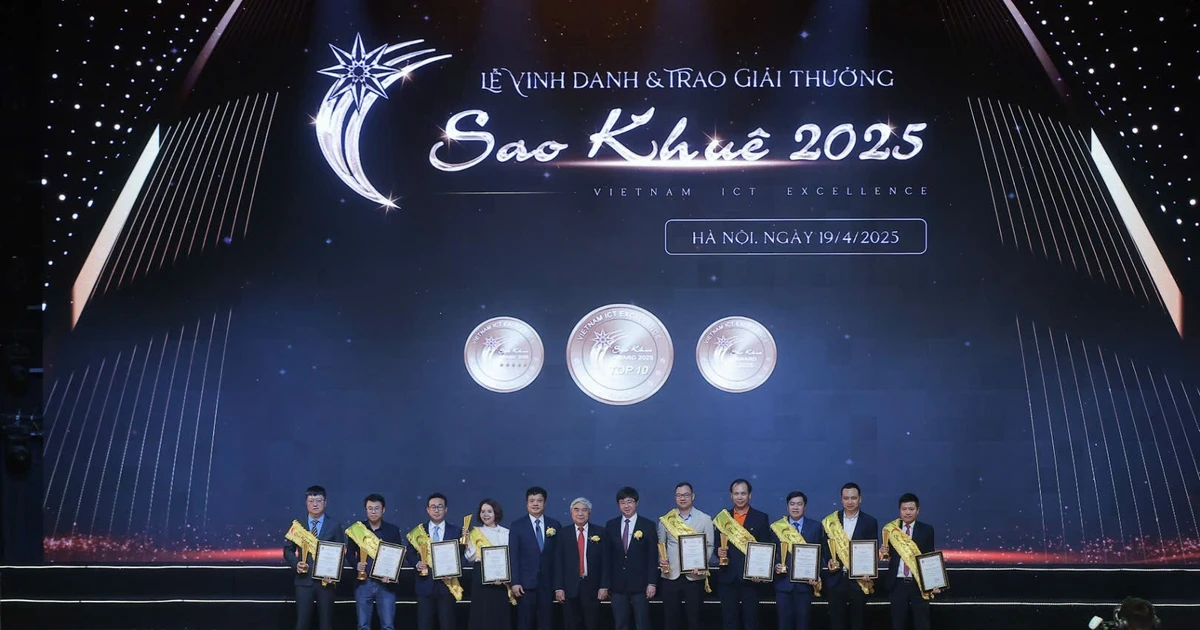
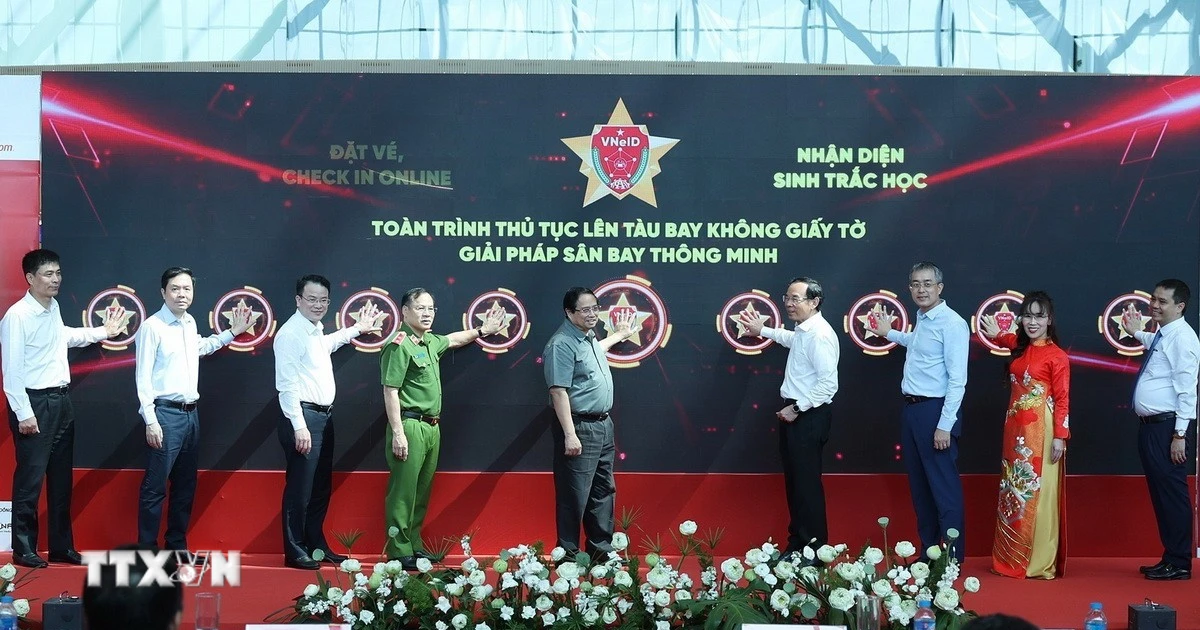

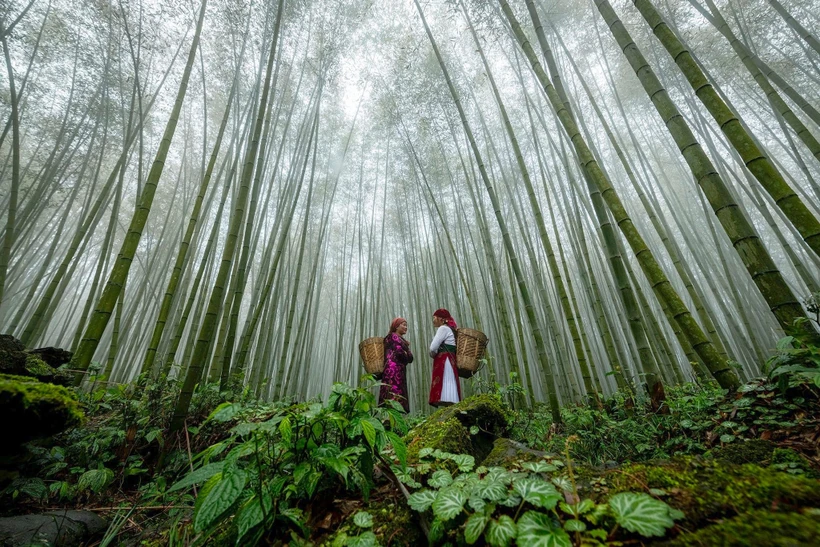



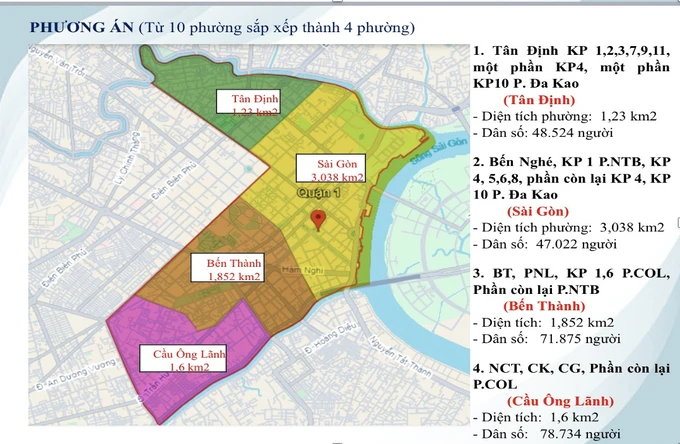







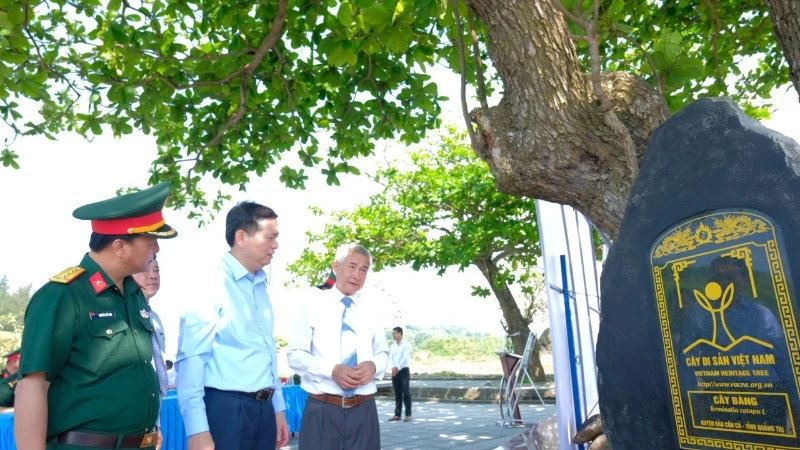

















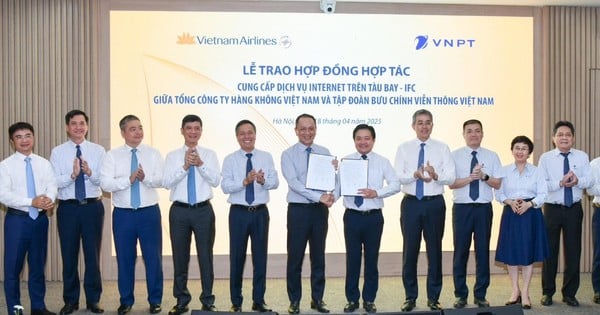
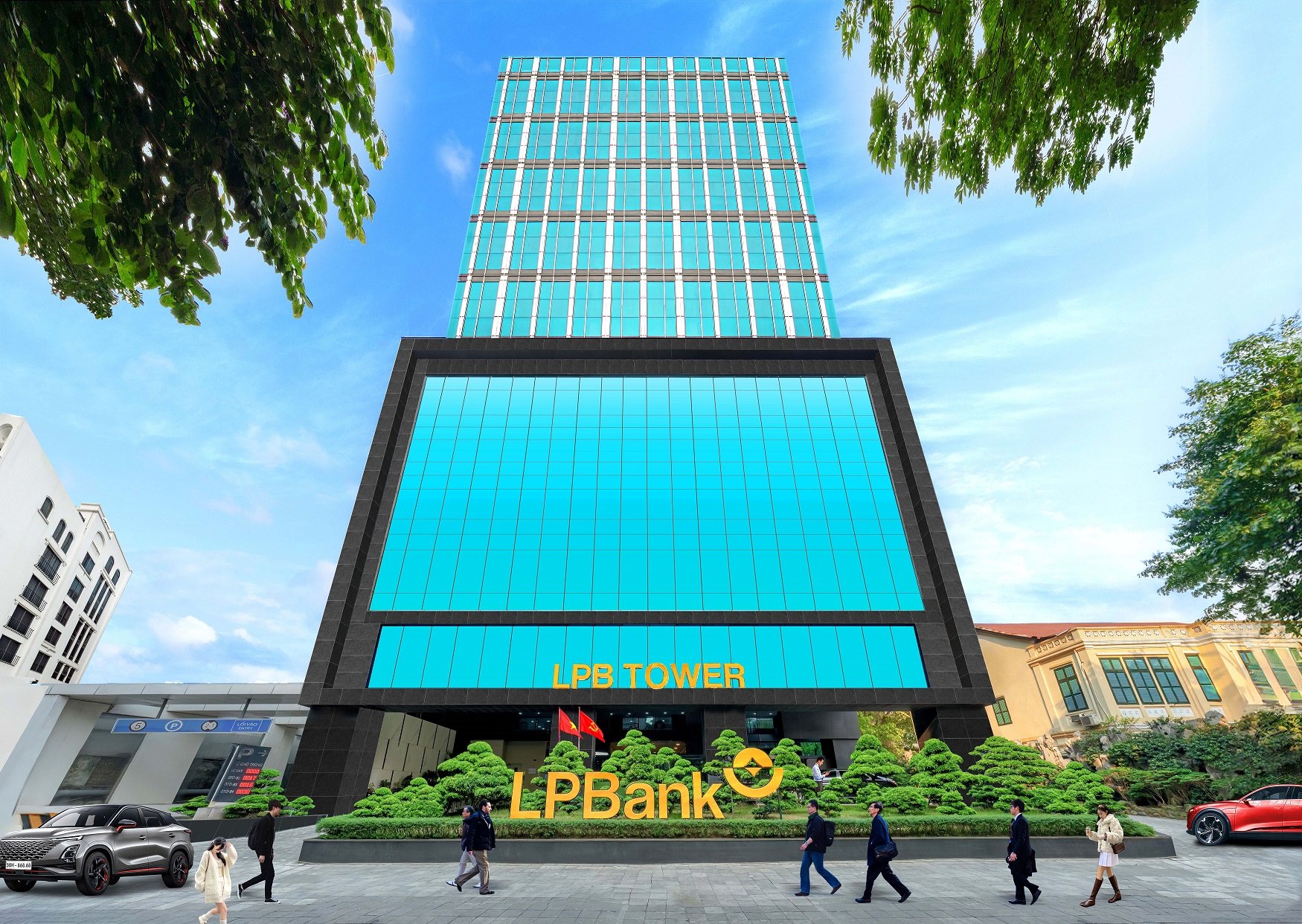





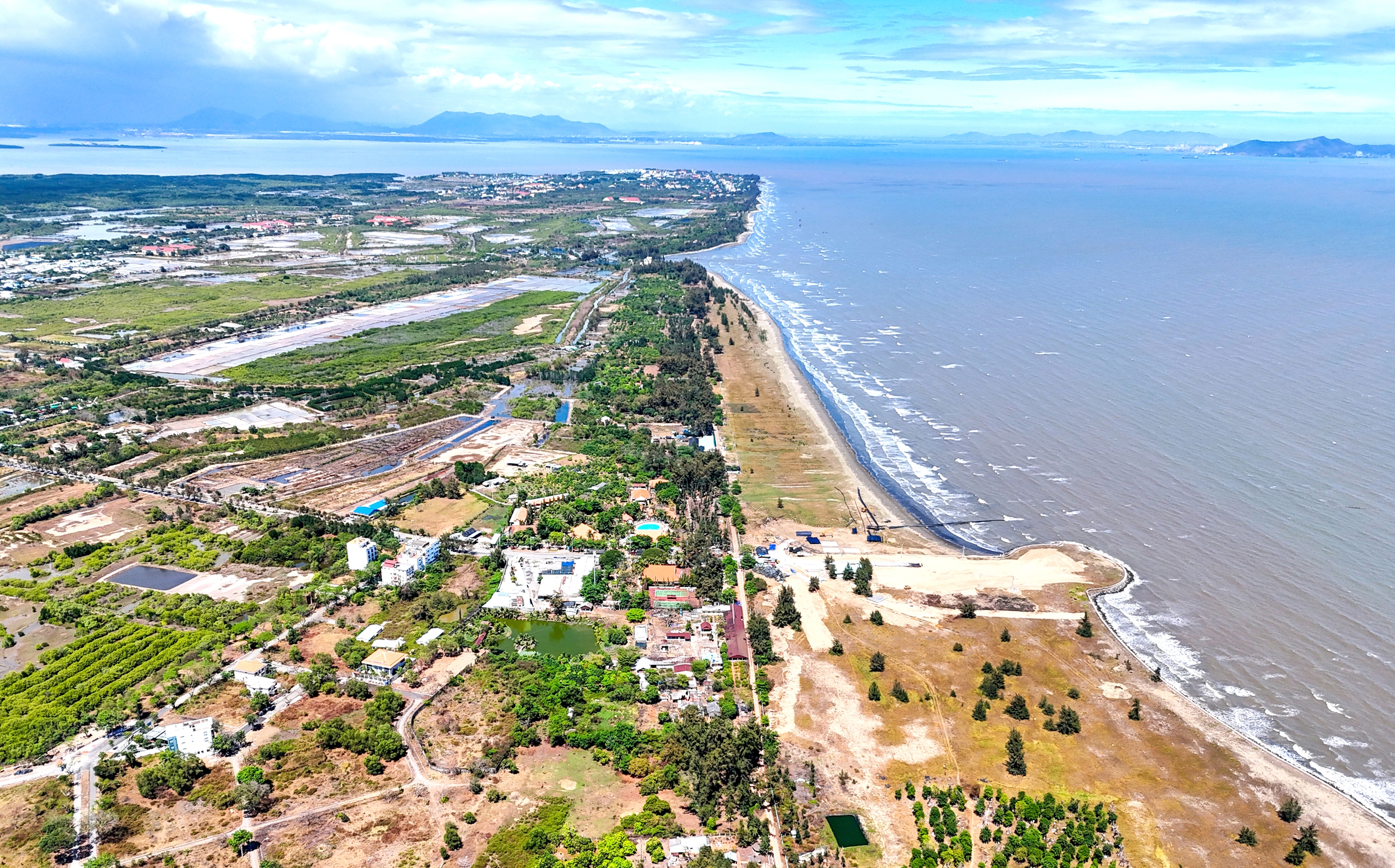

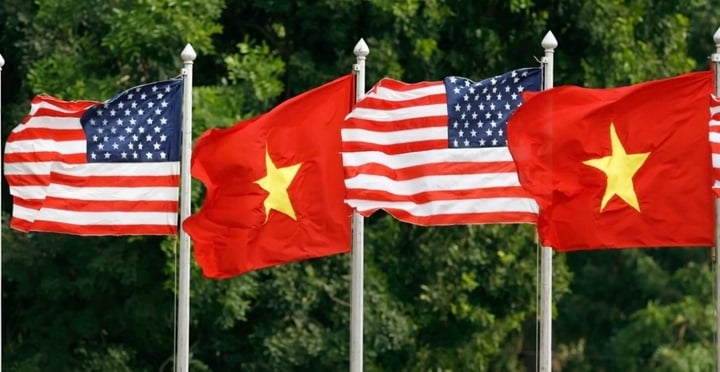

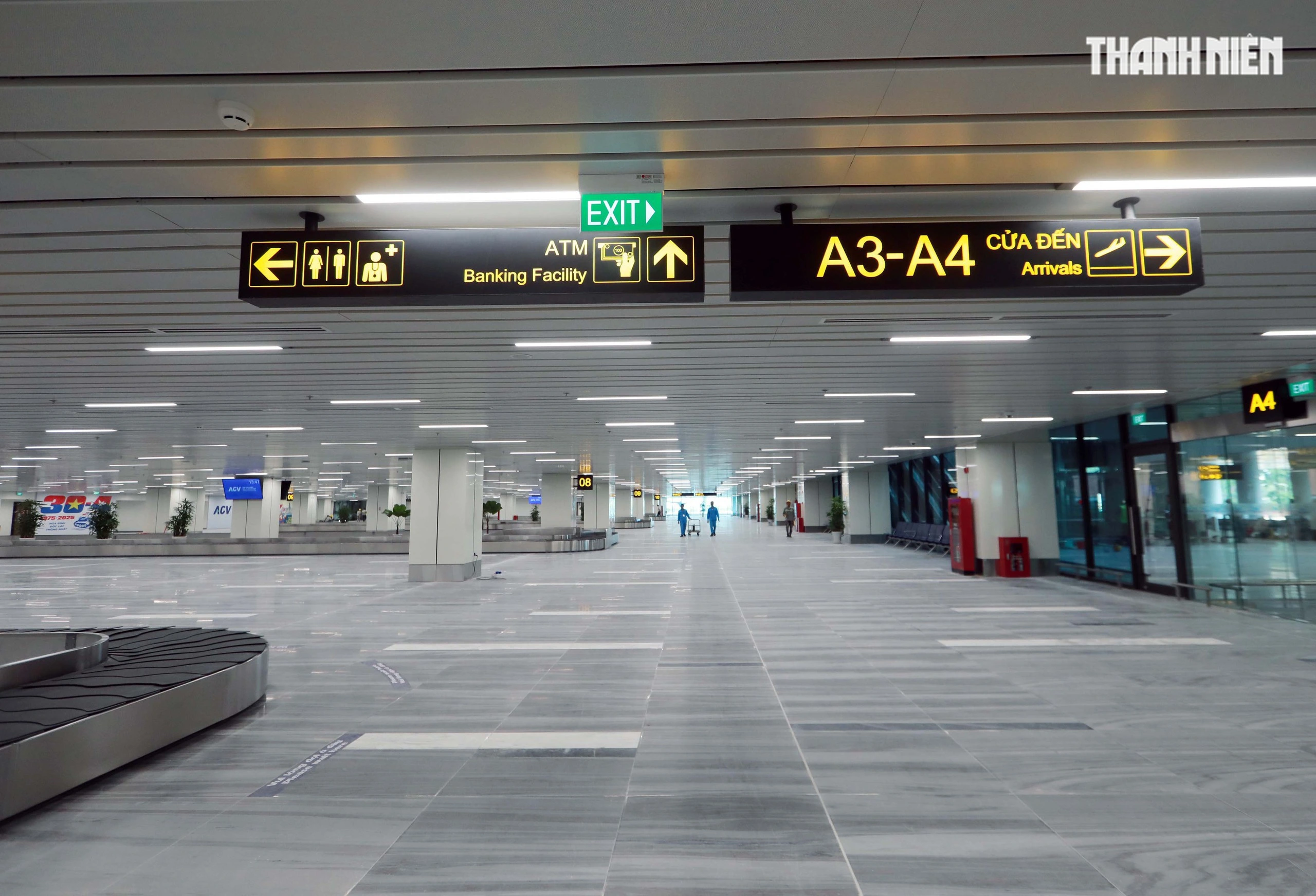
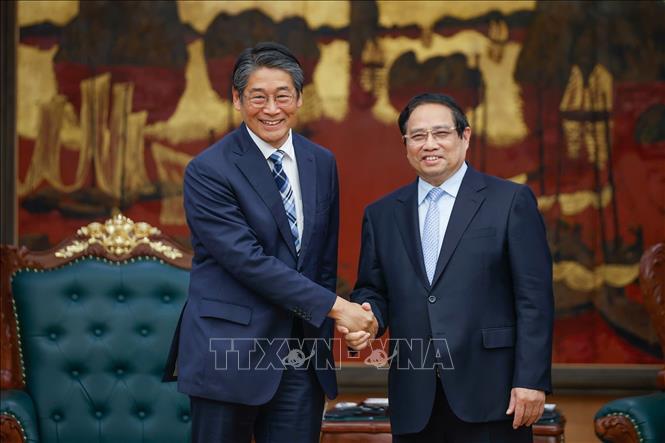
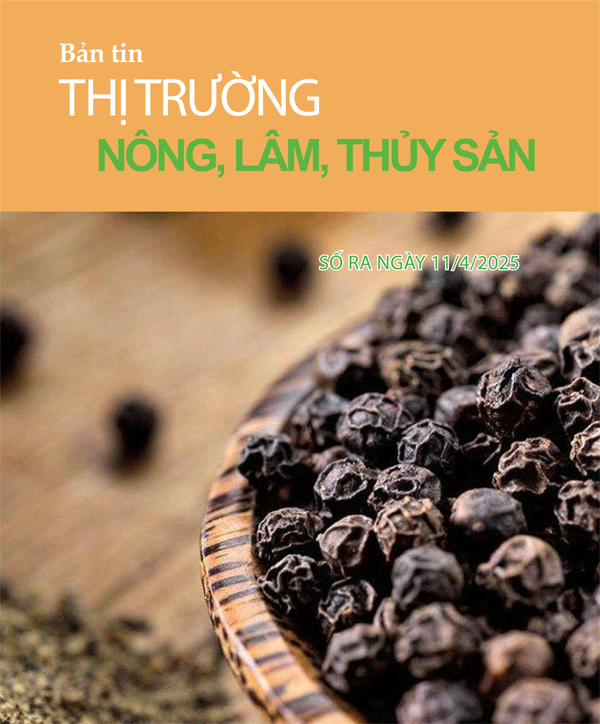

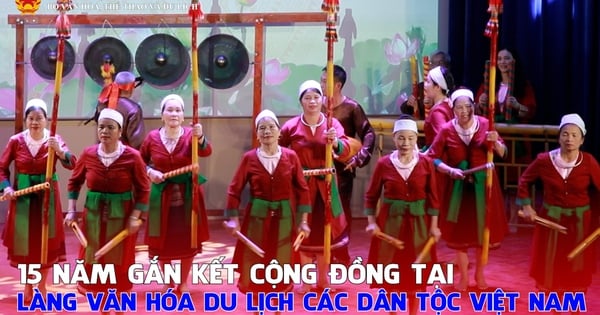

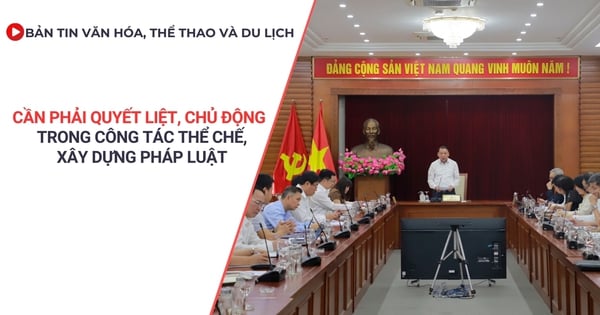






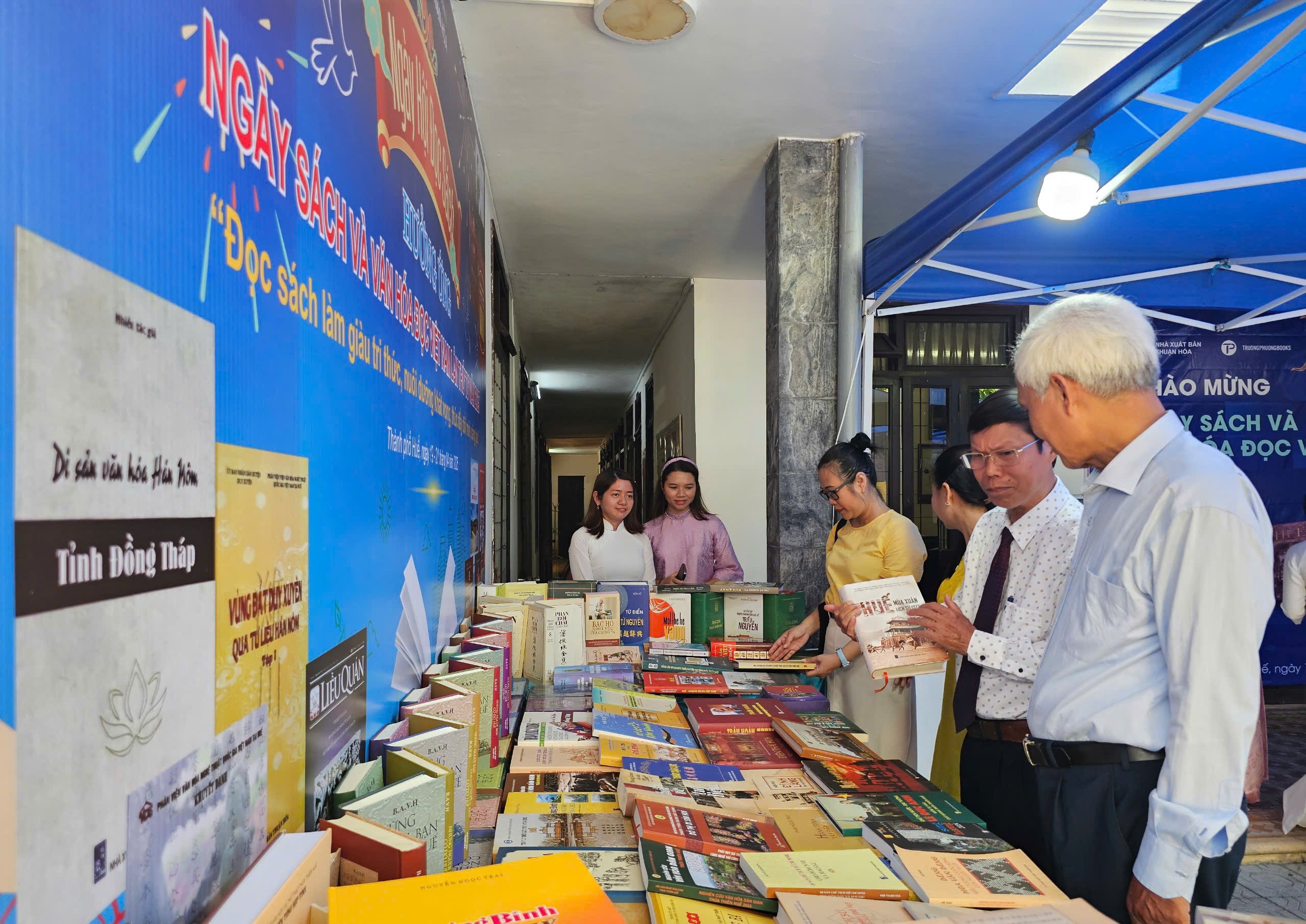

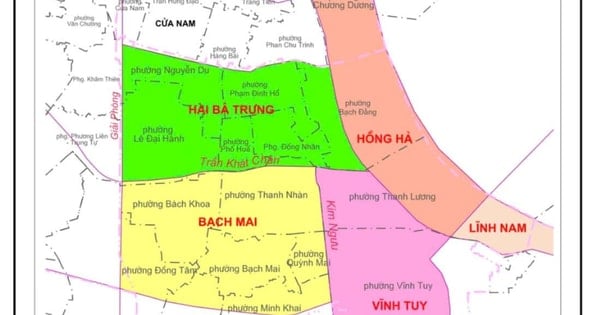
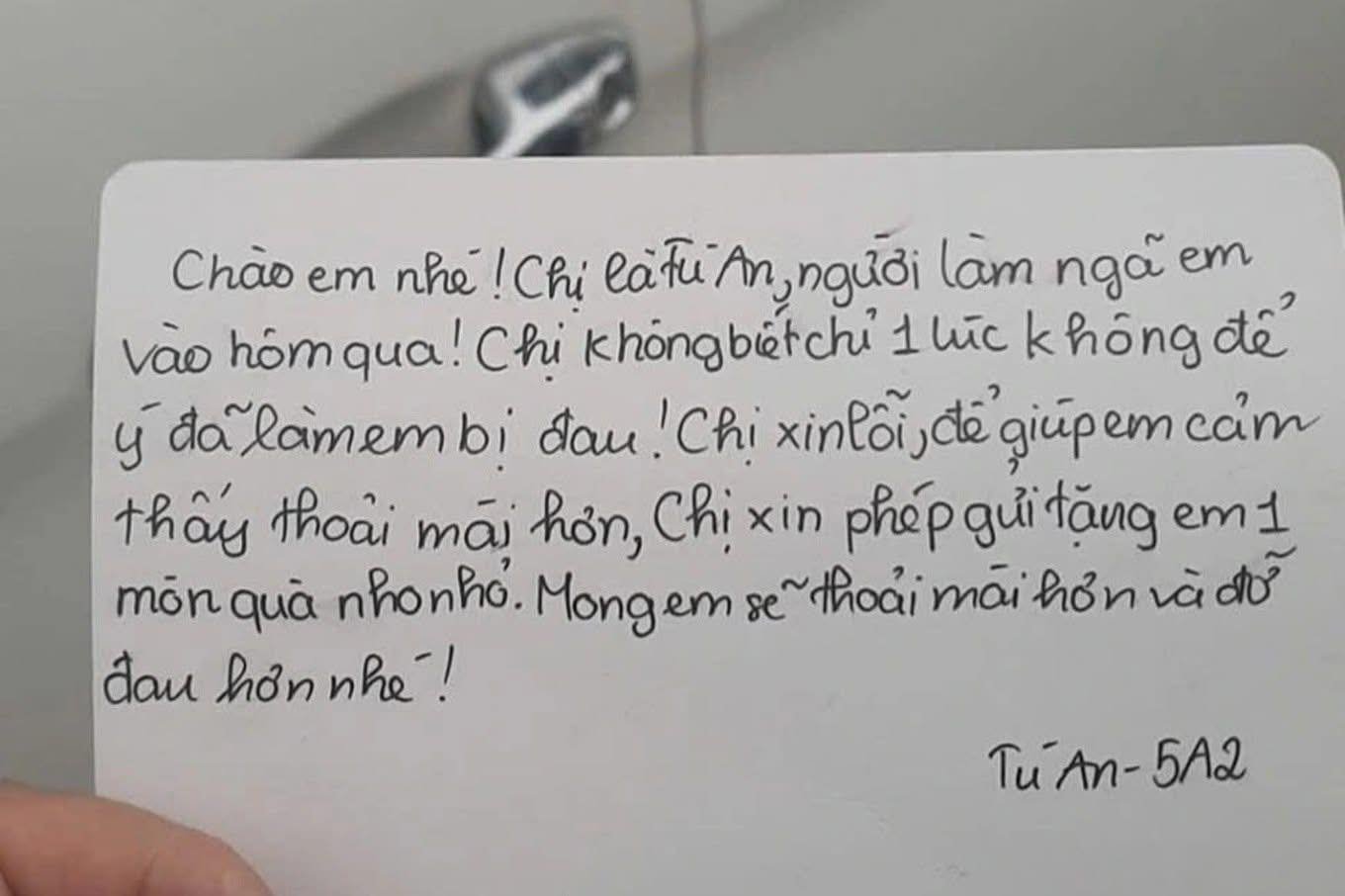


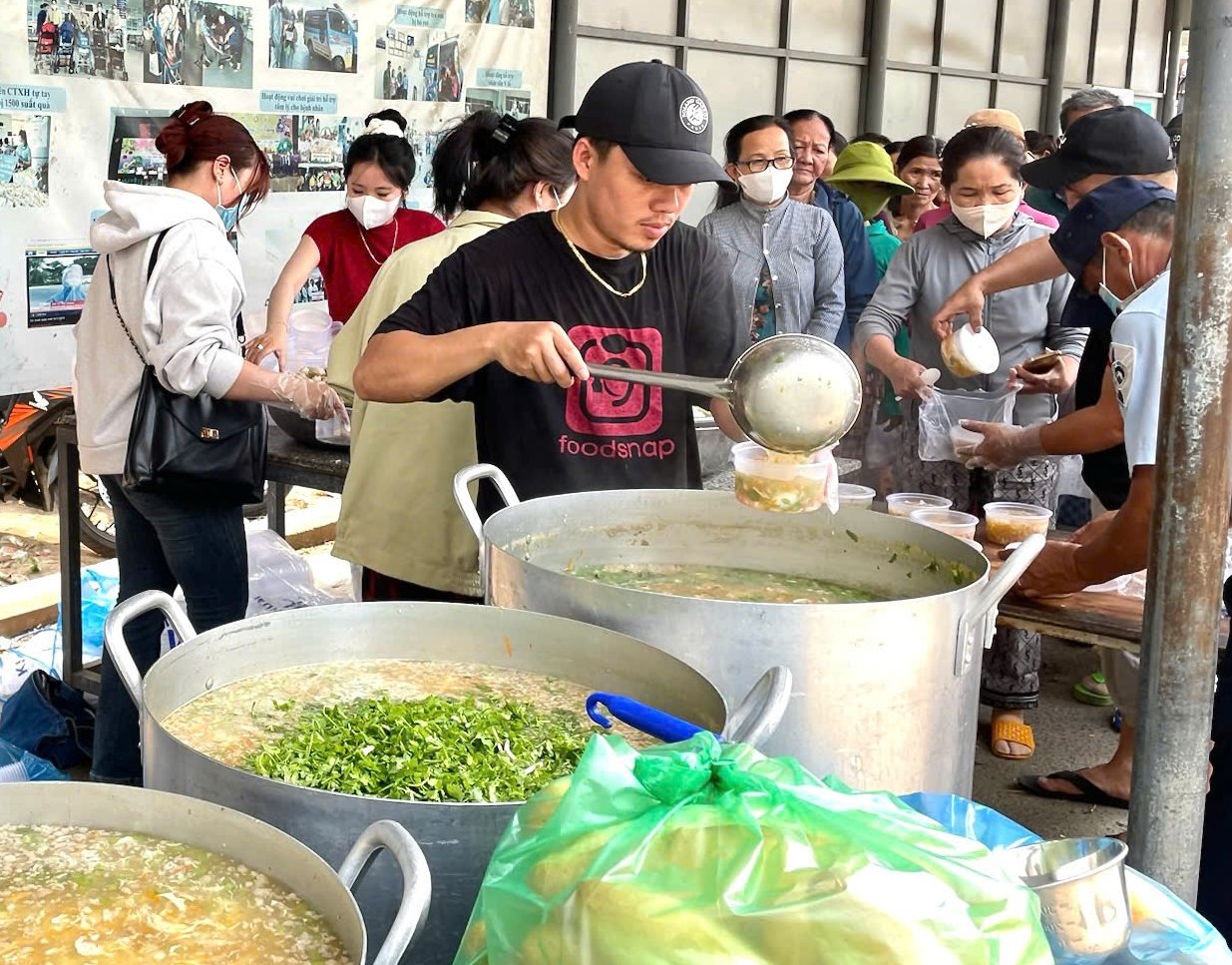









Comment (0)